In the first century B.C.E., Queen Amanirenas fought against Roman expansion in present-day Sudan and compelled the Romans to draw back almost to the Egyptian border.
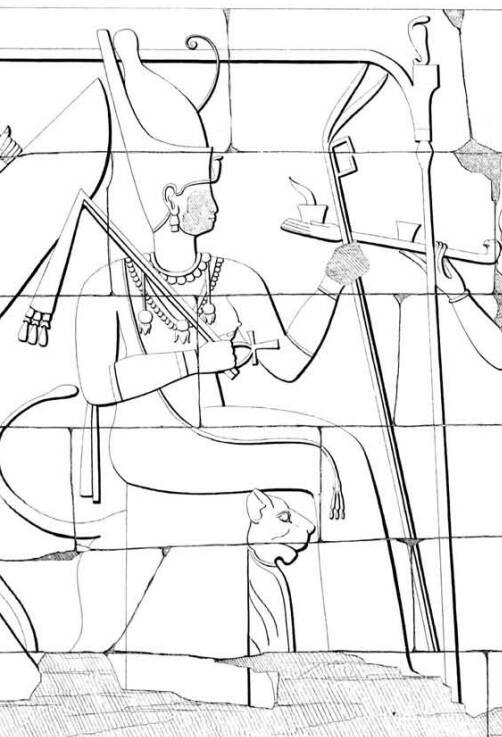
Wikimedia CommonsA depiction of a Kushite queen, likely Amanirenas.
In the first century B.C.E., Rome seemed unstoppable. By 30 B.C.E., the Romans had toppled Cleopatra, ended the 275-year-old Ptolemaic dynasty, and taken control of Egypt. Then they turned their attention to the Kingdom of Kush in present-day Sudan, which was ruled by another African queen: Amanirenas. But Queen Amanirenas would put up a fight.
Indeed, the Romans found the Kingdom of Kush difficult to conquer. From 21 B.C.E. to 25 B.C.E., Queen Amanirenas mounted a fierce resistance against the Roman Army and, in the end, the emperor Augustus agreed to negotiate with her rather than continue a long and costly military campaign.
So who was Amanirenas, the one-eyed Nubian queen who outmaneuvered the Romans?
Amanirenas, Queen Of The Kingdom Of Kush
Born between 60 and 50 B.C.E., Amanirenas became the queen of the Kingdom Of Kush around 25 B.C.E, when her husband Teriteqase died. Though she inherited his throne, Amanirenas belonged to a long line of female rulers, called kandakes. These powerful women had steered the Kushite kingdoms in ancient Nubia for over 3,000 years.

UNESCOPyramids in Meroë. Though lesser known than the Egyptian pyramids, the Nubian Pyramids were built by Kushite rulers.
Amanirenas’ throne was in the city of Meroë, the capital of the Kingdom of Kush (located in present-day Sudan). Perched on the Nile River, the capital city was wealthy, and profited from trading gold, iron weapons, grains, cereals, and livestock with its neighbors. The rich lived in large homes, but even the poorest of citizens in Meroë were said to have comfortable lives.
At the time that Amanirenas came to power, however, the Kingdom of Kush was threatened by the Roman Empire. After defeating Cleopatra and conquering Egypt, the Romans had cast their eye further south, to the riches of Meroë and the surrounding area. Starting in 20 B.C.E., the Romans began to move into Nubian territory. When they tried to impose a tax on Kush-controlled territory in Lower Nubia, the Kushites fought back.
Amanirenas’ husband seemingly died during one of these early battles, leaving the nascent Meroitic-Roman War in Amanirenas’ hands. Though she was reportedly blind in one eye — the Greek historian Strabo described Amanirenas as a “masculine woman with one eye destroyed” in 21 B.C.E. — Queen Amanirenas was more than up to the task.
How Amanirenas Fought Back Against The Roman Empire
By the time Amanirenas took up the mantle of war, the Romans had already pushed into Egypt, occupying the cities of Syene, Philae, and Elephantine. Around 24 B.C.E., the Kushite queen went on the offensive, sending some 30,000 soldiers up the Nile into Roman territory, where they successfully captured the three Roman-occupied cities.
The Kushite warriors also took Roman slaves, plundered the cities, and tore down a statue of the newly crowned Roman emperor Augustus. The head of this statue, known as the Meroë Head, was subsequently buried beneath a temple dedicated to victory in Meroë. Rediscovered in the 20th century, it’s a likely indication of the Kushite triumph over the Romans.
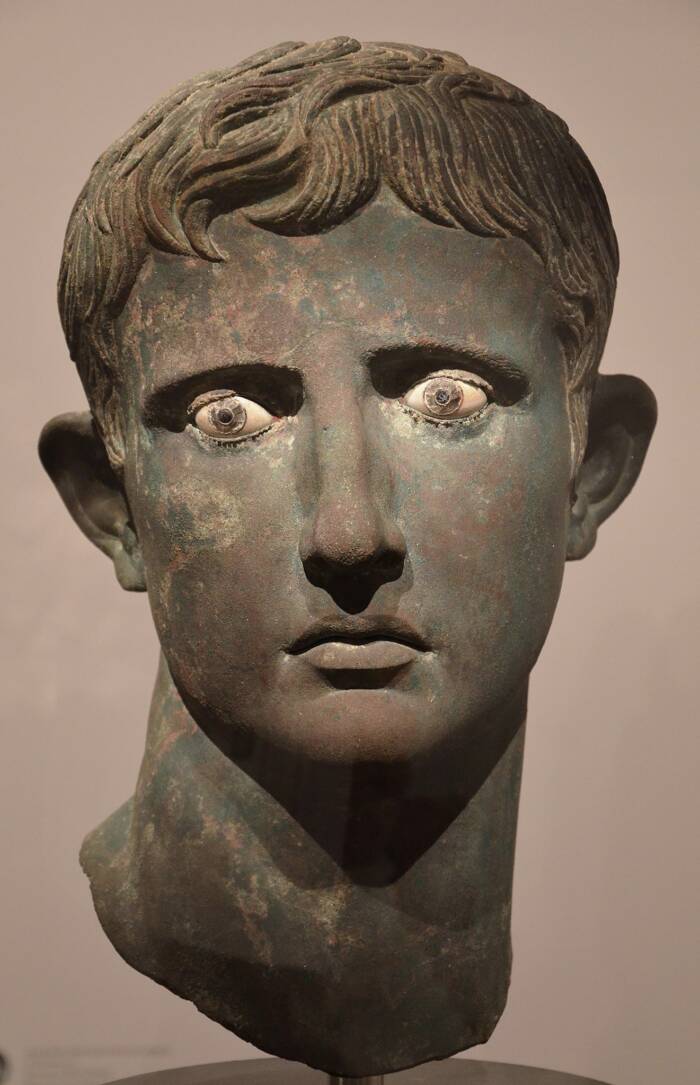
Following Hadrian/Wikimedia CommonsThe Meroë head, which was discovered in 1910. It was originally buried under a temple dedicated to victory, suggesting that it came from Queen Amanirenas’ early triumph over the Romans.
After their offensive, the Kushite troops retreated back to El-Dakkeh. But the Romans couldn’t let such an attack go unanswered.
According to Strabo, Gaius Petronius, the newly appointed Roman prefect of Egypt, rallied a force of 10,000 men to pursue Amanirenas and her army. Though Amanirenas had more men, Strabo writes that the Kushite soldiers were poorly armed with “large oblong shields…made of raw ox-hide” and only some soldiers only had axes, pikes, and swords.
Roman sources claim that Petronius was able to pursue Amanirenas to Napata, her royal residence, which he destroyed. However, modern-day historians have taken the Roman account with a grain of salt. Not only would it have been difficult for Petronius to move his army in the midst of a Kushite summer, but Kushite sources written in the lost Meroitic language have not yet been translated, leaving many questions about the battle.
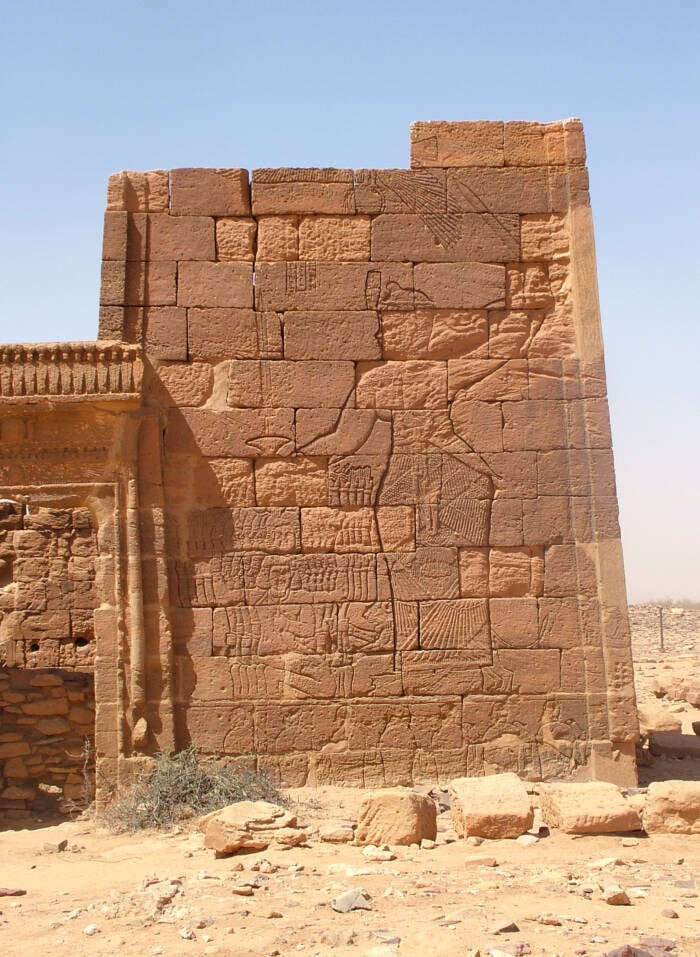
Wikimedia CommonsThe depiction of a Kushite queen on a pyramid wall in Sudan.
Whether or not the Kushite forces lost the battle, their fierce fighting seemingly convinced the Romans that a full-scale invasion of the Kingdom of Kush would be costly. Queen Amanirenas was ultimately able to make a deal with the Romans that was advantageous to her people, as the Romans agreed to both remove their hated tax, and to largely pull out of Kushite territory. They retreated north almost back to the Egyptian border.
As such, though the Romans claimed victory in the Meroitic-Roman war, Queen Amanirenas ended the battle in a strong position. The Kingdom of Kush would remain an independent kingdom for centuries to come.
The Legacy of The Kushite Queen
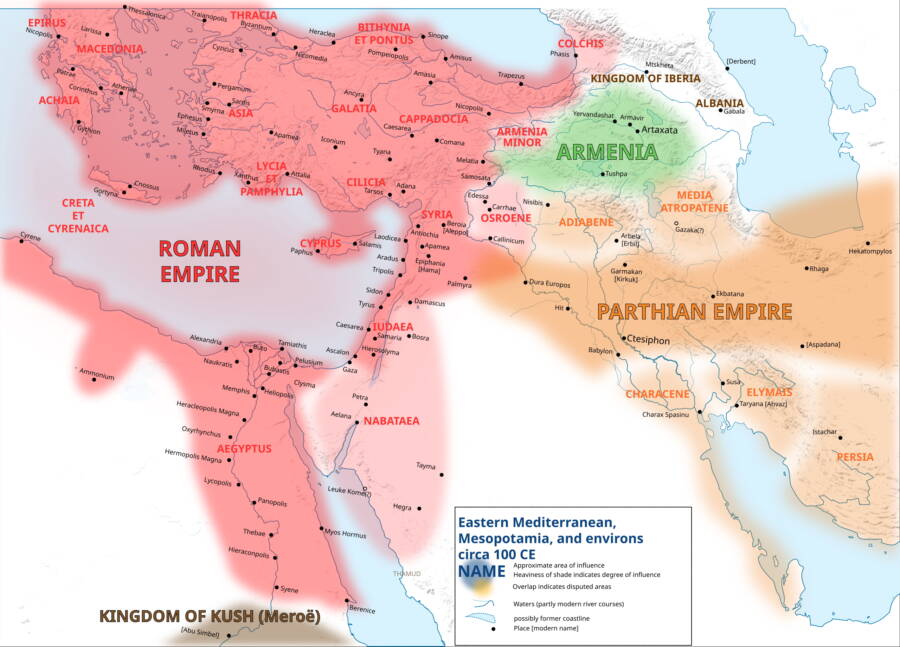
Wikimedia CommonsThe boundaries of the Roman Empire ended at the Kingdom of Kush, thanks in part to Queen Amanirenas.
Cleopatra’s Egypt irrevocably changed when the Romans absorbed it into their growing empire. But by resisting the Romans, Queen Amanirenas was able to maintain the independence of the Kingdom of Kush.
Yet our understanding of the Meroitic-Roman war and the Nubian queen who fought it remain incomplete. Without a complete understanding of the Meroitic language, accounts of the war are primarily Roman and, of course, biased toward the Roman perspective. Though large royal inscriptions written in Meroitic exist which scholars suspect explain the Meroitic side of the conflict, no one has been able to fully translate them.
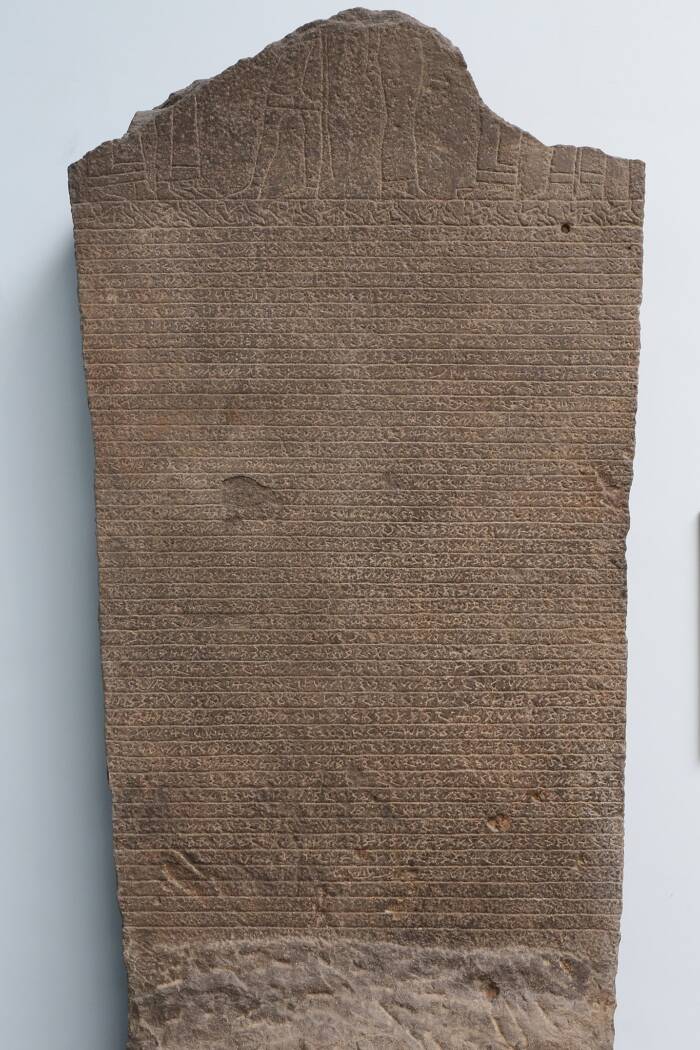
British MuseumThe Hamadab Stela, discovered near Meroe in 1914, commemorates Amanirenas’ victory over the Romans.
When and if they do, inscriptions like these will hopefully shed light on the Meroitic account of the war — as well as offer more information about Queen Amanirenas, the one-eyed warrior queen who saw it through.
After reading about Queen Amanirenas and her stand against the Roman Empire, discover the story of Nefertiti, the powerful Egyptian queen. Or, learn about Tomyris, the warrior queen who brutally beheaded Cyrus the Great around 530 B.C.E.





